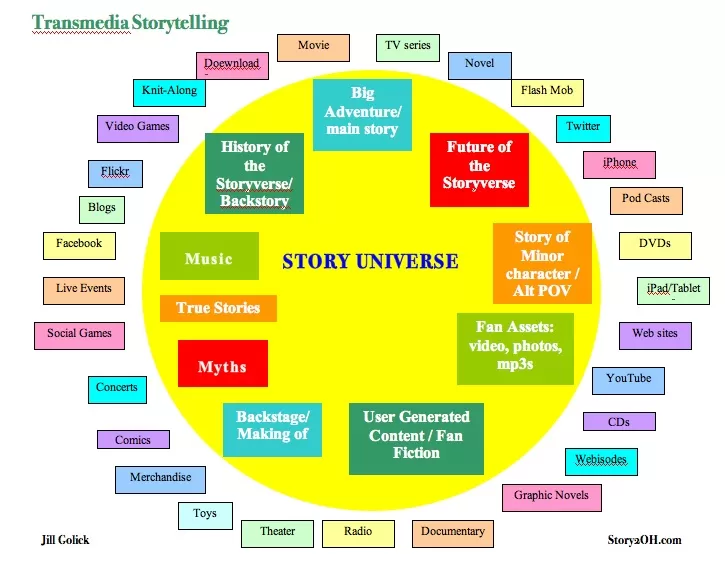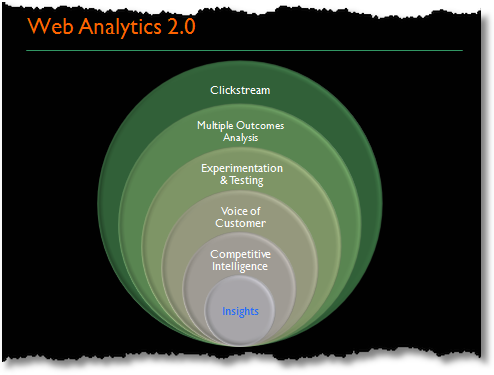
Oprah Winfrey is a name that people know all over the world. Her reach is so pervasive that even people who have never watched her show know her name and who she is. I say, she is the ultimate community leader. If you're curious about how to cultivate an online community for your brand, networking group or linking like-minded people together- look no further then the queen of daytime.
I started watching Oprah back in the days of Donohue (the original Phil). In the 80's, The Oprah Winfrey Show was young and the content was pretty different then current trips to Australia (partnership with Telstra), dresses for worthy brides and houses for single mum's who've sacrificed everything to improve the lives of their children.
Back in the early days, Oprah was talking to people about their lives - just like she does now, but it was a different type of sensationalism. In order for people to trust Oprah and set her show apart from all of the other daytime talk shows Ms. Winfrey did something very different- she talked about herself and her personal challenges. Most notably her battle to find peace with her mind and body was a hot topic for a very long time for Oprah and her audience. She admitted having experienced physical abuse and explored her body image issues.
An energy sprang out of these omissions and sometime in the 90's the show shifted format focusing on forging commonalities. Oprah wasn't the interviewer standing with a mic in the audience any more she was centre square talking directly to her audience from the stage.
The lesson for community development is that it's not just about entertainment. It takes time to form relationships and all relationships begin with questions being answered. The Oprah show of today would not be the same if it hadn't gone through the evolution of asking questions and listening BEFORE the gifts and book club. Without the personal connections Oprah has forged between herself and her audience any recommendation or endorsement she made would fall on deaf ears. The audience goes out and buys an Oprah book club selection because they trust her- NOT because she commands them to read it. The 'Oprah Effect' is not something that just happens.
The Oprah audience can relate to the host as a human and because she doesn't come across like a perfect, untouchable celebrity. Empathy is powerful, and it's the human experience that makes us care about each other. As a fan who has invited Oprah into my living room for over 20 years I don't believe she is a gimmick. I have witnesses her evolve in front of my eyes. I've seen her struggle and learned from her journey.
This is what community is all about- sharing, acceptance and support. The subject matter is irrelevant- communities are formed by commonalities not force. Do not cut corners and don't try to fake it. Using tricks like auto-follow on Twitter or too many automated emails is unappreciated and won't get you very far. Know your audience inside and out and celebrate them through relevant content. Show them they matter by singling out the best examples of community participation. Celebrate your community and they will show their appreciation by supporting you in return.
Oprah has used every type of media to allow her fans to connect with her on their own terms- she does not push her own products, but rather; maximises the freedom of choice. She stands for her own set of values that are inline with her audience. I am very excited to see how she manages her network Own in the new year.














